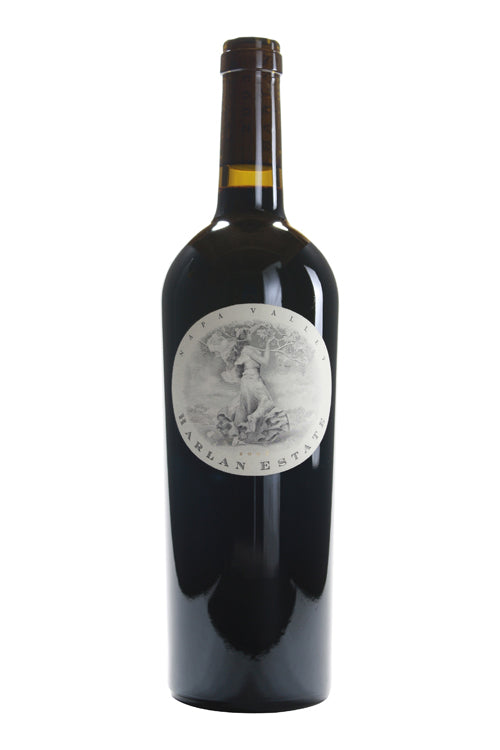1
/
of
1
Harlan Estate - 2005 (750ml)
Harlan Estate - 2005 (750ml)
Regular price
$1,199.99
Sale price
$1,199.99
Regular price
$1,399.99
Unit price
/
per
Not unexpectedly, the 2005 Harlan Estate performed slightly better than it did last year. As these wines often do, it continues to put on weight as it is bottled very late by Napa standards, and there is no fining or filtration. The 2005 exhibits a gorgeous thick-looking, ruby/purple color in addition to a beautiful nose of burning embers interwoven with creme de cassis, roasted meats, sweet black truffles, and spring flowers. A hint of lead pencil shavings also emerges from this cuvee, which seems to want to be both a Pauillac and a ripe vintage of La Mission Haut Brion. Full-bodied, dense, pure, and revealing sweeter tannin than I remember, it can be drunk now, but it will no doubt display even greater complexity in 10, 20, and 30 years.
Robert Parker - 97 points
Robert Parker - 97 points
Share :

- varietal
- Region
- Sub - Region
- Type
- Reviews
Product Review
Not unexpectedly, the 2005 Harlan Estate performed slightly better than it did last year. As these wines often do, it continues to put on weight as it is bottled very late by Napa standards, and there is no fining or filtration. The 2005 exhibits a gorgeous thick-looking, ruby/purple color in addition to a beautiful nose of burning embers interwoven with creme de cassis, roasted meats, sweet black truffles, and spring flowers. A hint of lead pencil shavings also emerges from this cuvee, which seems to want to be both a Pauillac and a ripe vintage of La Mission Haut Brion. Full-bodied, dense, pure, and revealing sweeter tannin than I remember, it can be drunk now, but it will no doubt display even greater complexity in 10, 20, and 30 years.
Product Score
97
Cabernet Sauvignon is one of the most prominent dark-skinned grape varieties except Merlot in terms of area under vines, but which comprises our largest selection of wines. Grown in just about every wine producing region and climate, Cabernet Sauvignon can express a huge range of aromas, from green peppers in cool climates through to dark jammy fruit in hot regions. Common aromas include blackcurrants, mint, graphite, and forest floor, to name a few. Maturation in small oak barrels can develop a complex range of aromas from cedar wood, cigar box and tobacco to eucalyptus and undergrowth. Cabernet Sauvignon’s success is partly due to its ability to adapt to a range of soils and climates. It is the main constituent of the Bordeaux blend in the revered communes of Pauillac, St. Estephe and St. Julien, and has achieved equal success in California’s Napa Valley. It is grown extensively throughout Southern Australia, with some outstanding examples from the Terra Rossa soil of Coonawarra. Cabernet Sauvignon also plays an increasing role in Tuscany, Italy, where it is blended with native varieties such as Sangiovese to produce the Super Tuscans.
California is one of the most diverse wine producing regions of the world. Although it has a history spanning over 200 years, it has experienced most of its growth in the last fifty years. The regions of Napa Valley and Sonoma County have become as renowned as France’s Bordeaux and Burgundy. While Cabernet Sauvignon, Pinot Noir, and Chardonnay are by far the most popular fine wine varieties, producers in the Golden State have also experimented with an unparalleled array of diverse varieties, including Zinfandel, Syrah, Nebbiolo, Sangiovese, and Tempranillo.
NULL
Red wine is wine made from dark-coloured grape varieties. The color of red differs based on the grapes variety or varieties used.Interestingly, black grapes yield a juice that is greenish-white. The actual red color comes from anthocyan pigments (also called anthocyanins) from the skin of the grape (exceptions are the relatively uncommon teinturier varieties, which produce a red colored juice). Most of the production centers around the extraction of color and flavor from the grape skin.


